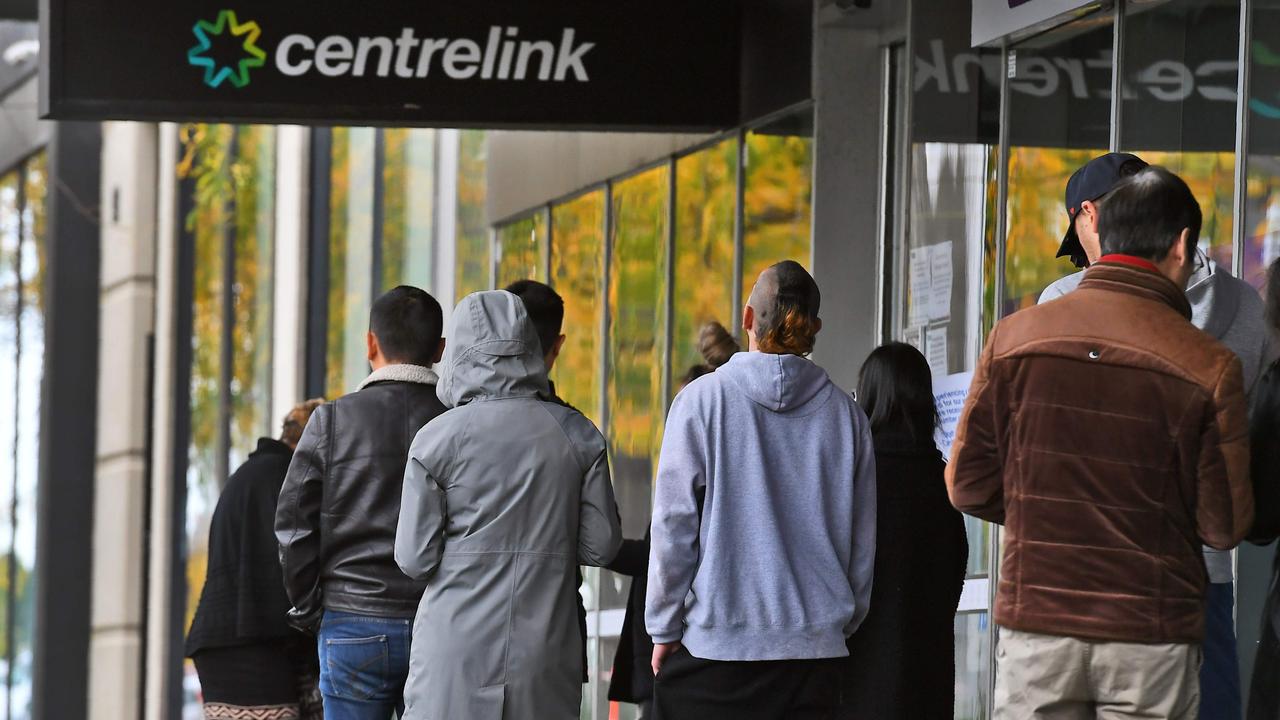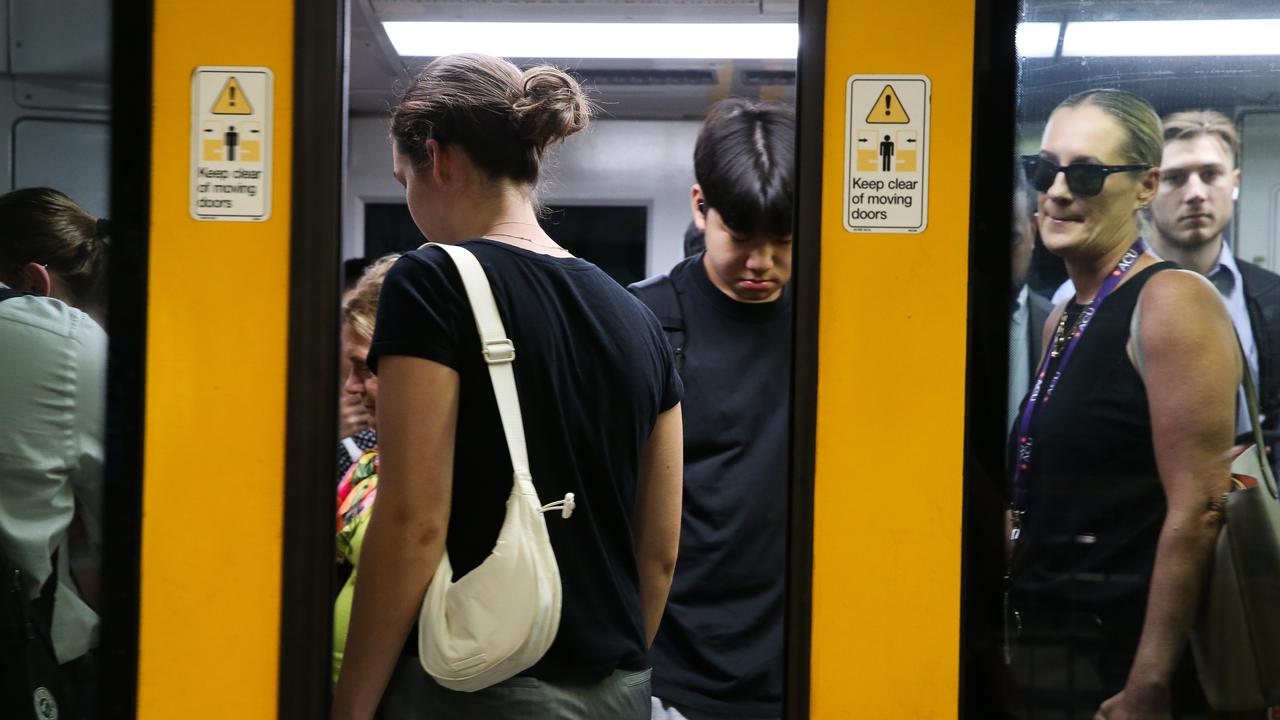Survey results reveal occupations that are finding it most difficult to recruit staff despite jump in unemployment
Despite more than 1.5 million Australians being out of work, there are still occupations that are struggling to find workers. Find out what they are.

Focus has shifted this week to whether many unemployed Australians are dodging work because of more generous unemployment benefits with a survey showing some employers are still struggling to find employees.
Prime Minister Scott Morrison claimed this week that some unemployed people don’t want to work because the doubled dole payment of $560 a week was too generous.
His remarks appeared to be backed up by a survey this week that showed some employers were still struggling to fill vacant roles despite more than a million people being out of work in Australia.
The National Skills Commission’s Jobs in Demand Employer Survey found 27 per cent of employers were having, or expected to have, difficulty in finding workers.
But the figures may not be as straightforward as they seem.
The latest survey spoke to 2324 employers between May 25 and June 19 who had 1720 positions on offer. The survey targeted five industries likely to be experiencing strong demand including health care and social assistance, transport, postal and warehousing, manufacturing, retail trade and wholesale trade.
It found these occupations were finding it the most difficult to recruit workers:
1. Child carers
2. Metal fabricators and welders
3. Truck drivers
4. Receptionists
5. Managers
6. Retail sales assistants
7. Metal fitters and machinists
8. Motor mechanics
More than 50 per cent of employers who said they were finding it difficult to employ staff blamed this on a lack of applicants.
But an analysis by The Guardian of the figures found just 72 employers of the 2324 surveyed were in this situation.
This is because only 514 of employers surveyed were actually recruiting, of which just 139 said they were finding it difficult to employ staff.
Grattan Institute economist Matt Cowgill said he didn’t think the figures from the employer survey showed people were unwilling to work.
He said the survey showed a lower proportion of employers (27 per cent) were having difficulty filling roles compared to the previous report, ending April 10, when 38 per cent were having problems.
“It’s important to keep these numbers in perspective,” he told news.com.au. “The numbers have actually been falling.”
In fact the child care sector had already been identified as a sector where employers were struggling to find workers even before the coronavirus pandemic.
According to a skills shortage report focusing on child care, only 68 per cent of vacancies were filled in 2018, and this was the lowest proportion since 2013.
RELATED: Young Aussies hardest hit by job losses
RELATED: Figure doesn’t show everyone who’s lost their job
RELATED: Concern over ‘mutual obligation’ as unemployment surges

The Department of Employment, Skills, Small and Family Business report also found applicant numbers in child care were also at a five-year low, with an average of nine applicants per vacancy. Only five of these were considered qualified for the position.
It noted the shortages were being driven by increased demand for childcare services.
“Childcare workers are still pretty low paid so maybe it’s unsurprising that there are unfilled vacancies but it is something that predates COVID-19,” Mr Cowgill said.
Mr Cowgill said it was hard to tell from the survey results what the exact nature of the problem was.
“It could be that in certain locations there aren’t enough people with skills and experience to fill those roles,” he said.
“There might also be people who have health concerns. They might be immunocompromised or live with someone who is susceptible and don’t want to take the risk of being a retail sales assistant or working in child care.”
Mr Cowgill said recent surveys from the Australian Bureau of Statistics showed there were about 129,000 vacant jobs but about 1.5 million unemployed people on the JobSeeker payment.
“The number of JobSeeker recipients are well over the numbers of vacant jobs,” he said.
“Even though there might be some people who might not want to fill those roles, with so many job seekers compared to vacant jobs, I don’t think it’s a major factor.”
Mr Cowgill also noted the full time minimum wage of $753.80 a week was still much more than the JobSeeker payment of $560 a week.
“People can still substantially boost their income even at the minimum wage,” he said. “There is still a substantial financial incentive to find work.
“I would be surprised if many people who see vacant jobs they are qualified for, and are in their area, would choose not to apply. This would be rare I think.”
The commission’s survey found 30 per cent blamed the lack of experience of applicants, while more than 20 per cent said it was the lack of skills.
Other issues were location, COVID-19 and the fact that it was a specialist role.
Regional employers were also having more difficulty filling their vacancies than those in capital cities.
The survey listed the top occupations in demand:
1. Retail sales assistants
2. Child carers
3. Truck drivers
4. Receptionists
5. Sales representatives
6. Metal fabricators and welders
7. Delivery drivers
8. Managers
9. Motor mechanics
10. Metal fitters and machinists.
“I don’t doubt there are employers out there who are finding it difficult to find people but with so many job seekers for every vacant job, I strongly expect this is a relatively uncommon experience for employers,” Mr Cowgill said.




